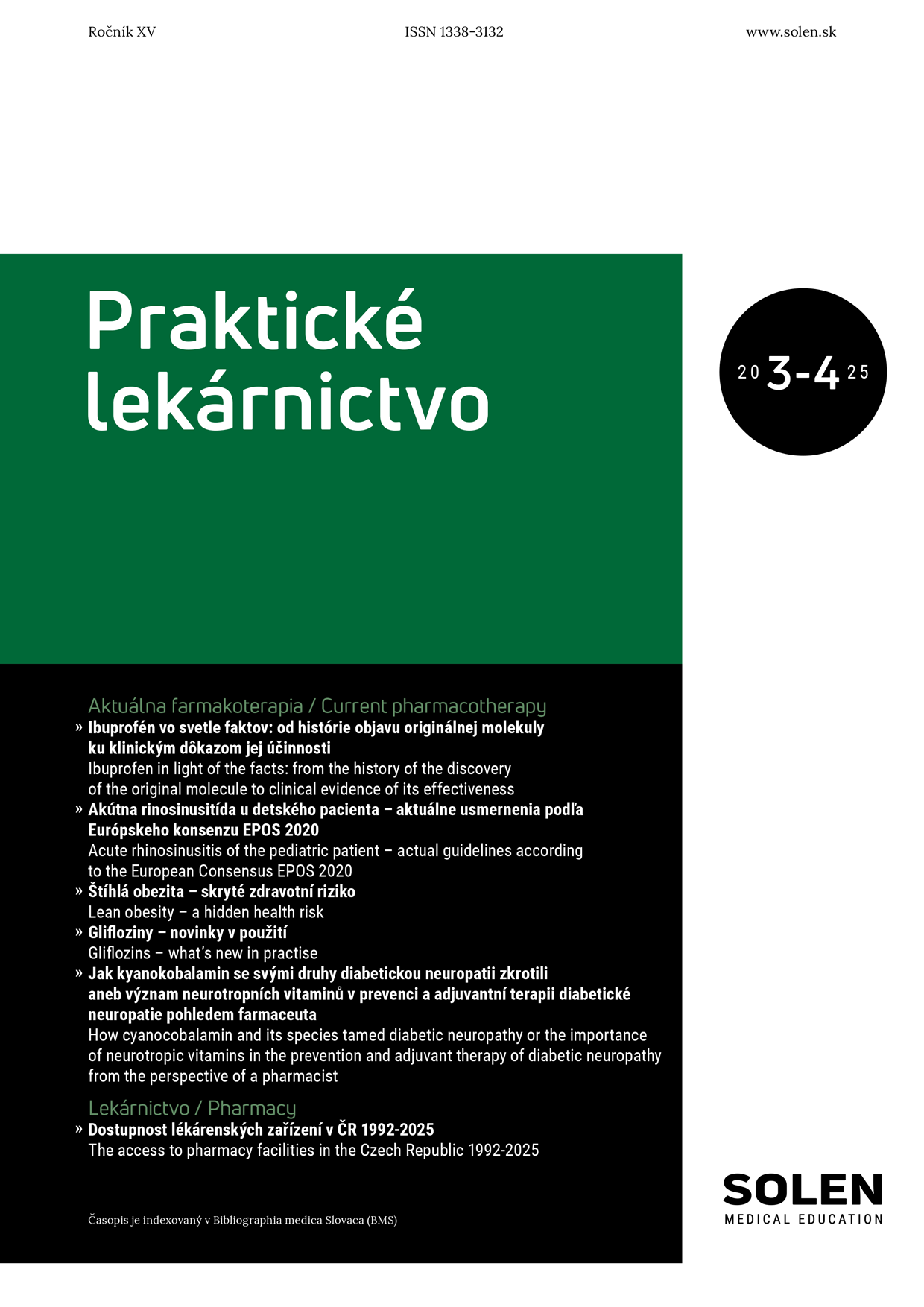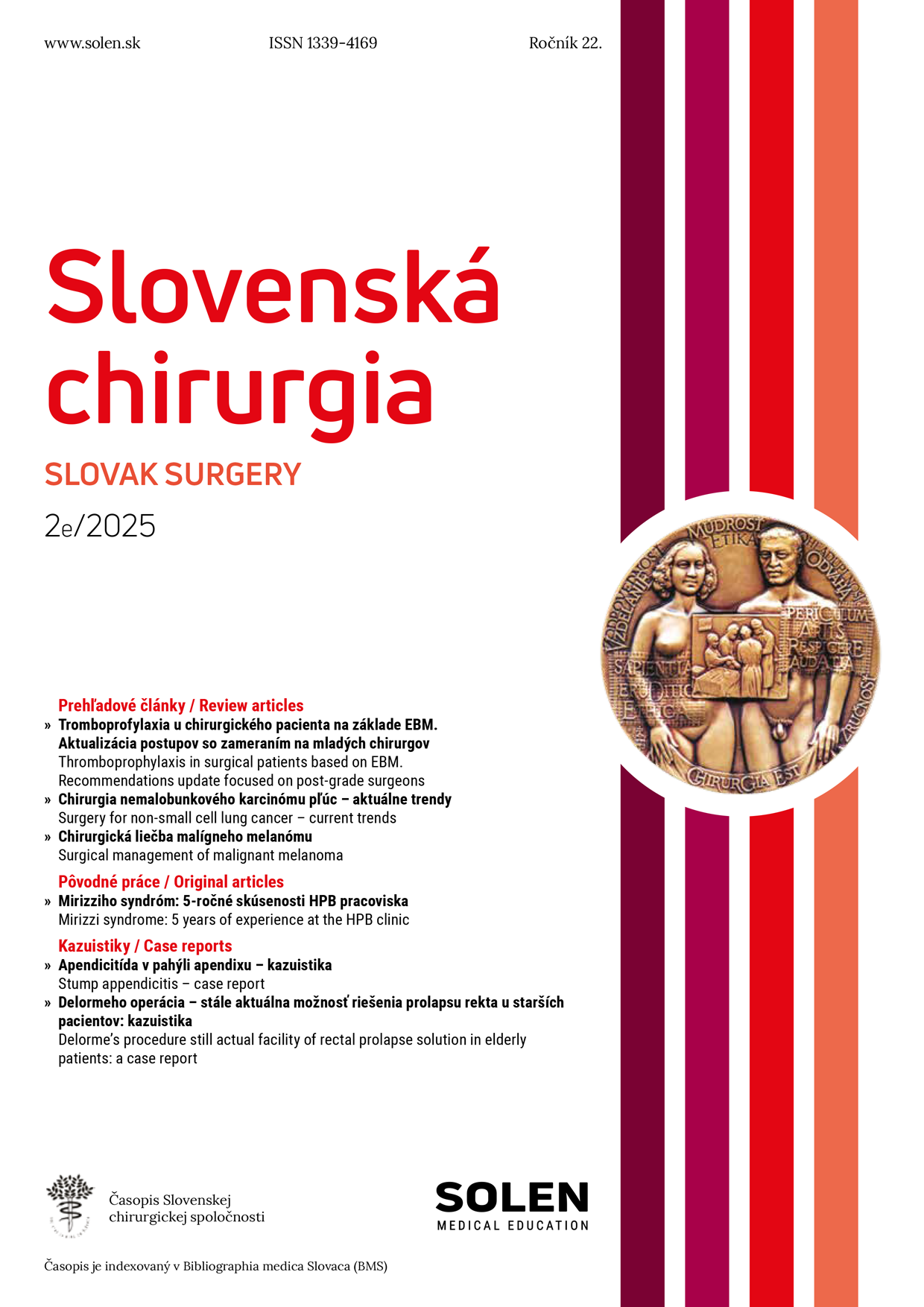Praktické lekárnictvo 4/2023
Aktuální poznatky ve výzkumu silymarinu a jeho komponent
Mgr. Jan Soukop, prof. MUDr. Rostislav Večeřa, Ph.D.
Silymarin, standardizovaný extrakt z plodu Silybum marianum, je osvědčeným přírodním doplňkem stravy, jenž je využívaný k podpoře léčby řady patologických stavů organismu. Metformin podávaný se silymarinem může zmírnit rozvoj jaterní steatózy, zejména v prediabetickém stavu. Fenofibrát v kombinaci se silymarinem může snížit lipoperoxidaci a expresi CYP2E1 (a tím i produkci ROS), což přispívá ke snížení rizika rozvoje komplikací steatózy v játrech. Mechanismus jeho hypolipidemického působení nespočívá v aktivaci PPARα receptorů (jak je tomu například u fibrátů), ale pravděpodobně ve snížení absorpce cholesterolu ze střeva (což působí i jeho polymerní frakce) nebo zvýšené expresi cytochromů P450 zapojených do metabolismu a vylučování cholesterolu. Upregulace transportních proteinů ABCG5 a ABCG8 silymarinem a n-3 PUFA snižuje hladinu triglyceridů a celkového cholesterolu, což může působit preventivně v rozvoji metabolických poruch vyvolaných hypertriglyceridemií. Uvedené závěry in vivo studií ukazují pozitivní působení silymarinu (ať už jeho komponent, nebo celku) na organismus v rámci prevence nebo podpůrné léčby řady onemocnění včetně metabolického syndromu.
Kľúčové slová: přírodní polyfenoly, silymarin, silybin, isosilybin, silychristin, silydianin, taxifolin
Recent advances in research of Silymarin and its components
Silymarin, a standardized extract from the Silybum marianum fruit, is a proven natural food supplement that is used to support the treatment of a number of pathological conditions of the organism. Metformin administered with silymarin may reduce the development of hepatic steatosis, especially in the prediabetic state. Fenofibrate in combination with silymarin can reduce lipoperoxidation and CYP2E1 expression (and thus ROS production) which contributes to reducing the risk of developing complications of steatosis in the liver. Mechanism of its hypolipidemic effect does not work via activation of PPARα receptors (as it does in the case of fibrates), but probably in the reduction of cholesterol absorption from the intestine (which is also the effect of its polymer fraction) or in the increased expression of cytochromes P450 involved in the metabolism and excretion of cholesterol. Upregulation of transport proteins ABCG5 and ABCG8 by silymarin and n-3 PUFA reduces the level of triglycerides and total cholesterol, which can act preventively in the development of metabolic disorders caused by hypertriglyceridemia. The stated conclusions of in vivo studies show a positive effect of silymarin (whether its component or whole) on the organism in the prevention or supportive treatment of a number of diseases, including metabolic syndrome.
Keywords: natural polyphenols, silymarin, silybin, isosilybin, silychristin, silydianin, taxifolin

















